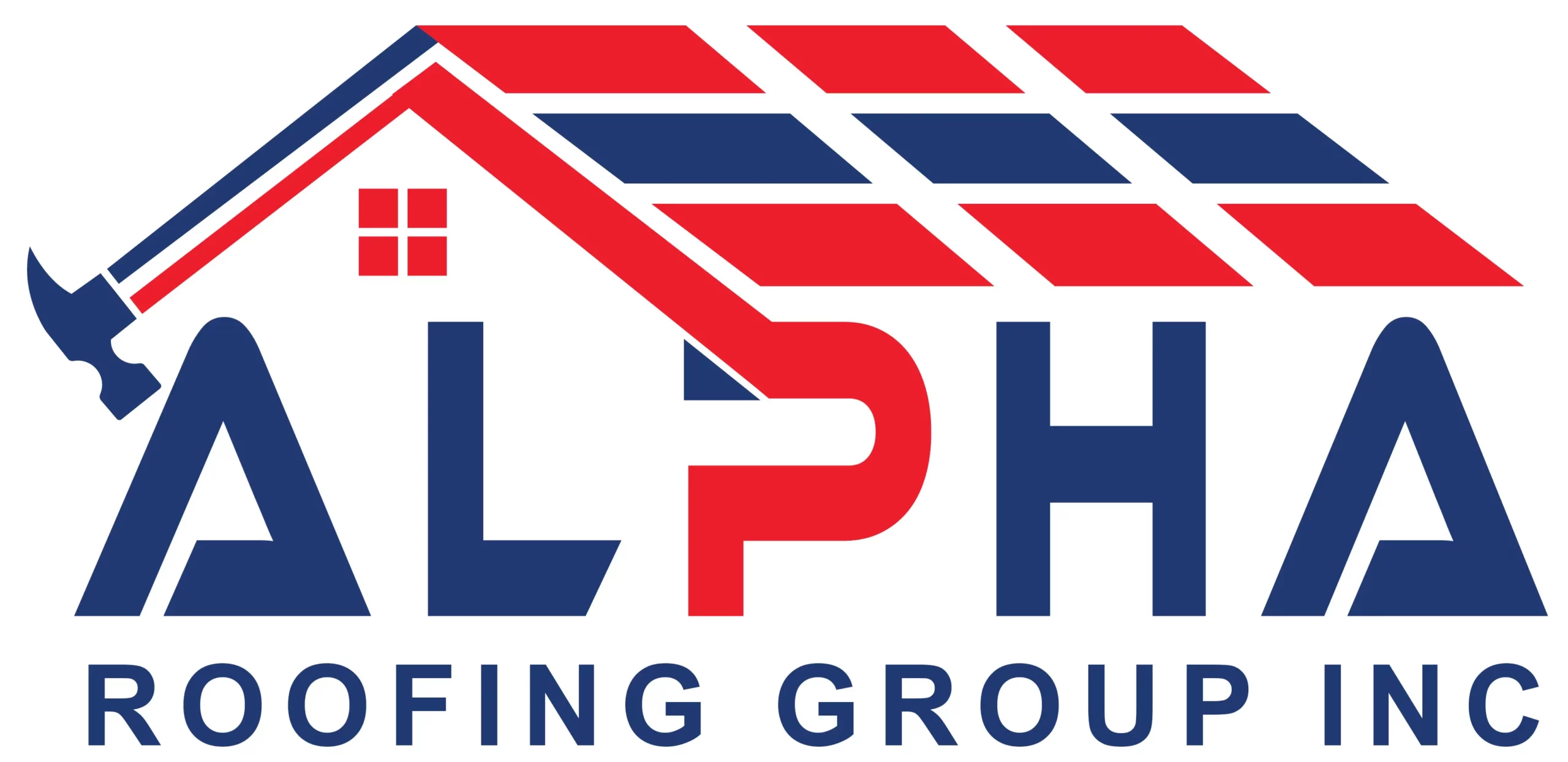The Unique Demands of Coastal Climates on Roofing
Salt Air and Corrosion: A Persistent Threat
In Thousand Oaks, CA, the coastal environment presents a unique set of challenges for roofing systems. The salt air that characterizes seaside regions is a major catalyst for corrosion, particularly for certain roofing materials that are not designed to withstand this persistent threat. Homeowners must consider roofing options that explicitly offer resistance to salt spray corrosion to ensure the longevity of their investment.
High Winds and Storms: Choosing Windproof Options
Another significant concern is the impact of high winds and violent storms, which are common occurrences along the coast. Windproof roofing becomes not just advantageous but a necessity. Materials must be selected for their ability to remain secure and intact under duress from gale-force winds, safeguarding the home from the elements and preventing costly damage.
Humidity and Sunlight: Impact on Roof Lifespan
Coastal roofing also must contend with high humidity levels and frequent exposure to intense sunlight. These factors combine to challenge the integrity of roofing materials over time. It’s imperative to choose roofing solutions that can endure the prolonged exposure to these conditions to maintain their protective capabilities and aesthetic appearance throughout the years.Material Matters: Best Choices for Coastal Roofing
Salt-Resistant Roofing Solutions
When it comes to choosing the right roof for coastal areas, salt-resistant properties should top the list of material considerations. Coastal roofing solutions must be capable of combatting the aggressive, salt-laden air that prevails in seaside communities. Material innovations have led to roofing options that not only repel salt corrosion but also provide a resilient barrier against this pervasive threat.
Corrosion-Resistant Shingles: What Works Best?
Delving deeper into the search for the best roofing materials for coastal homes, corrosion-resistant shingles stand out. Among the various materials available, certain compounds have been specifically manufactured to hinder the corrosive effects of salt air and moisture. Homeowners would do well to seek out these specialized shingles to ensure that their roof retains its integrity and functionality despite the harsh coastal elements.
Impact-Resistant Roofing in Thousand Oaks: A Necessity
Given the susceptibility of coastal areas to stormy weather, impact-resistant roofing is a crucial aspect of any seaside home’s defense system. The right shingle or tile will not only weather the storm but also protect against the debris often hurled by gale-force winds. In Thousand Oaks
Additional Considerations for Coastal Roofing
Roof Maintenance in Seaside Environments
Maintaining a roof in a seaside environment poses its own unique challenges. The consistent roof maintenance becomes crucial to counteract the rapid wear and tear brought on by the coastal climate. Regular inspections and targeted repairs help prolong the roof’s life and ensure its continuous performance. It is recommended to engage with professionals experienced in coastal area roof repair for ensuring reliability.
Winter Roof Installation Tips
Installing a roof during the colder months requires meticulous planning and execution. Weather conditions can affect the installation process, making it essential to choose a Thousand Oaks roofing contractor well-versed in winter roof installation tips. Proper timing, materials adapted for cooler climates, and techniques that counteract the damp and chilly weather all contribute to a successful installation.
Durable Roofing in Coastal Climates
When it comes to choosing the right roof for coastal areas, durability is a paramount concern. Homeowners need to consider materials that stand up to the battering of the elements, particularly in places like Thousand Oaks, where coastal weather can be unpredictable. Long-lasting options such as corrosion-resistant shingles and windproof systems are vital for
Handy Tips
Tip 1
Select roofing components that have inherent resistance to salinity, such as options made from stainless steel, aluminum, or copper, to avert the degrading effects of coastal salt air.
Tip 2
Invest in roofing substances renowned for their endurance in maritime settings, such as sturdy asphalt shingles that resist impact, or terracotta tiles, for enhanced defense during inclement weather.
Tip 3
Confirm the roofing installation is crafted to endure robust winds by selecting fortified metal roofing products known for their resistance to wind, or make sure shingles are attached using secure fastening techniques.
Tip 4
Give importance to thermal efficiency to ensure the internal climate of the home remains regulated; reflective materials for roofing are beneficial as they divert sunlight thereby minimizing thermal absorption.
Tip 5
Frequent upkeep is essential in coastal locales; choose roofing materials that require minimal maintenance and that can be easily inspected and mended, particularly following the harsh conditions typically experienced during winter storms.
Commonly Asked Question
What materials are best suited for coastal roofing?
Materials that are salt-resistant and corrosion-resistant are best suited for coastal roofing. Innovations in roofing materials have resulted in options that can withstand the aggressive salt-laden air, humidity, and sunlight typical of seaside communities. Corrosion-resistant shingles, in particular, which are designed to combat salt air and moisture, are recommended for their integrity and functionality.
Why is windproof roofing necessary in coastal areas?
Coastal areas are prone to high winds and violent storms, which means that roofing materials must be able to remain secure and intact when exposed to gale-force winds. Windproof roofing is crucial for safeguarding the home against the elements and preventing potential damage, making it a necessity rather than a luxury for coastal homes. Choosing materials with strong windproof capacities ensures better protection and longevity for the roofing system.
What unique challenges do coastal climates pose to roofs?
Coastal climates pose unique challenges such as the constant threat of salt air and corrosion, high winds, storms, elevated humidity levels, and significant sunlight exposure. These factors collectively can speed up the wear and tear of roofing materials, compromising the roof’s integrity over time. Homeowners in coastal areas like Thousand Oaks, CA, must therefore consider roofing options that offer resistance to these conditions.





